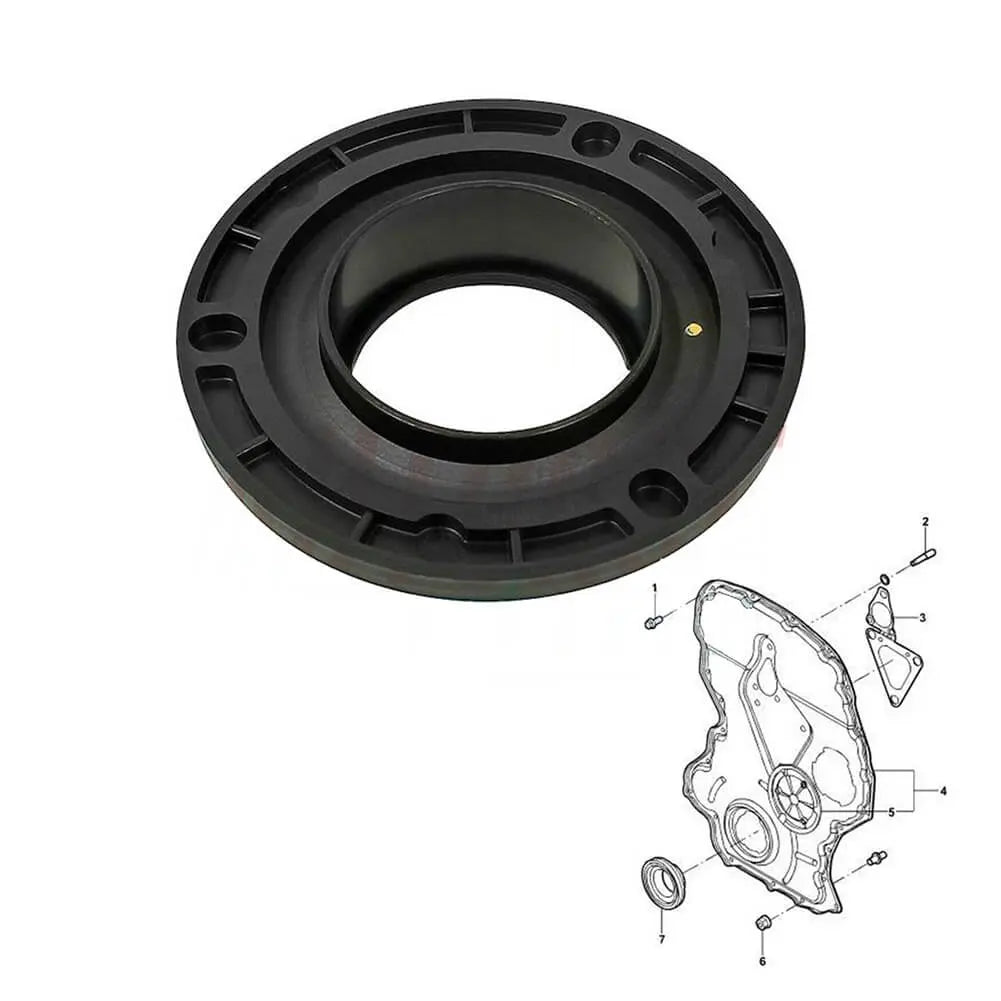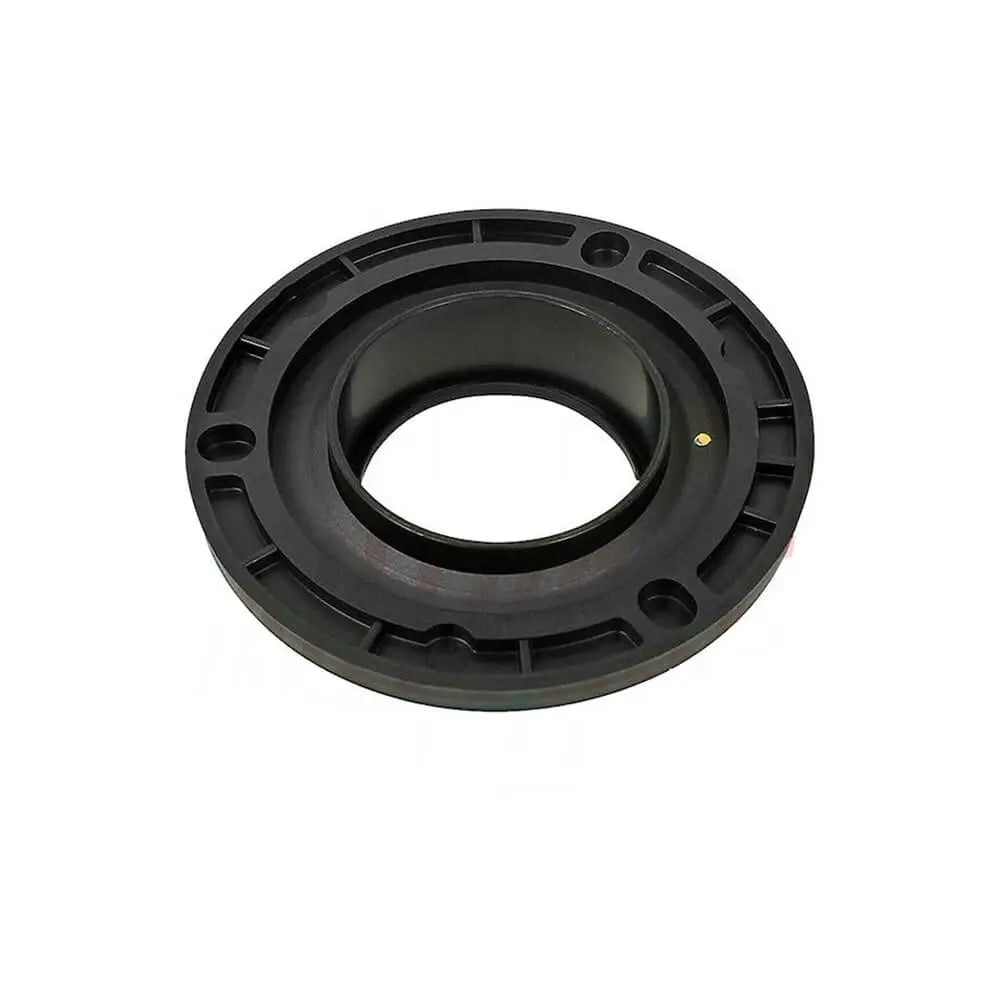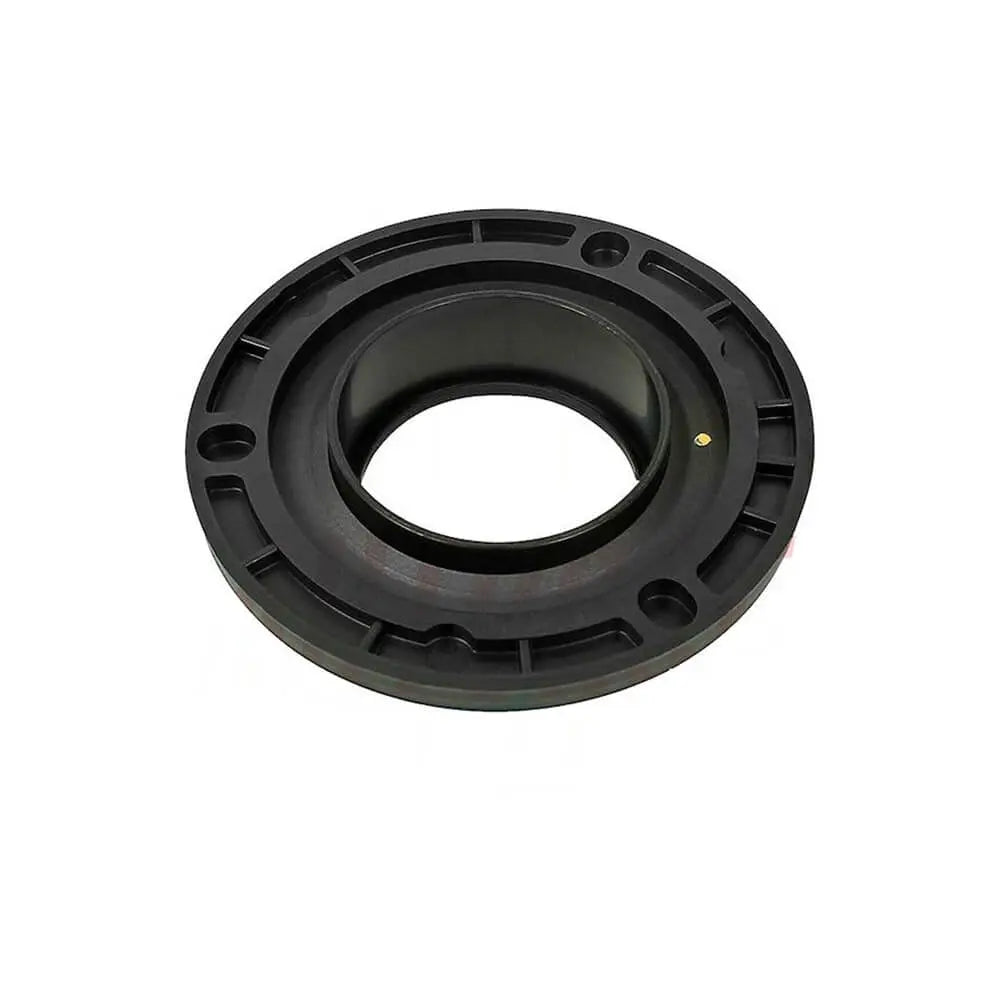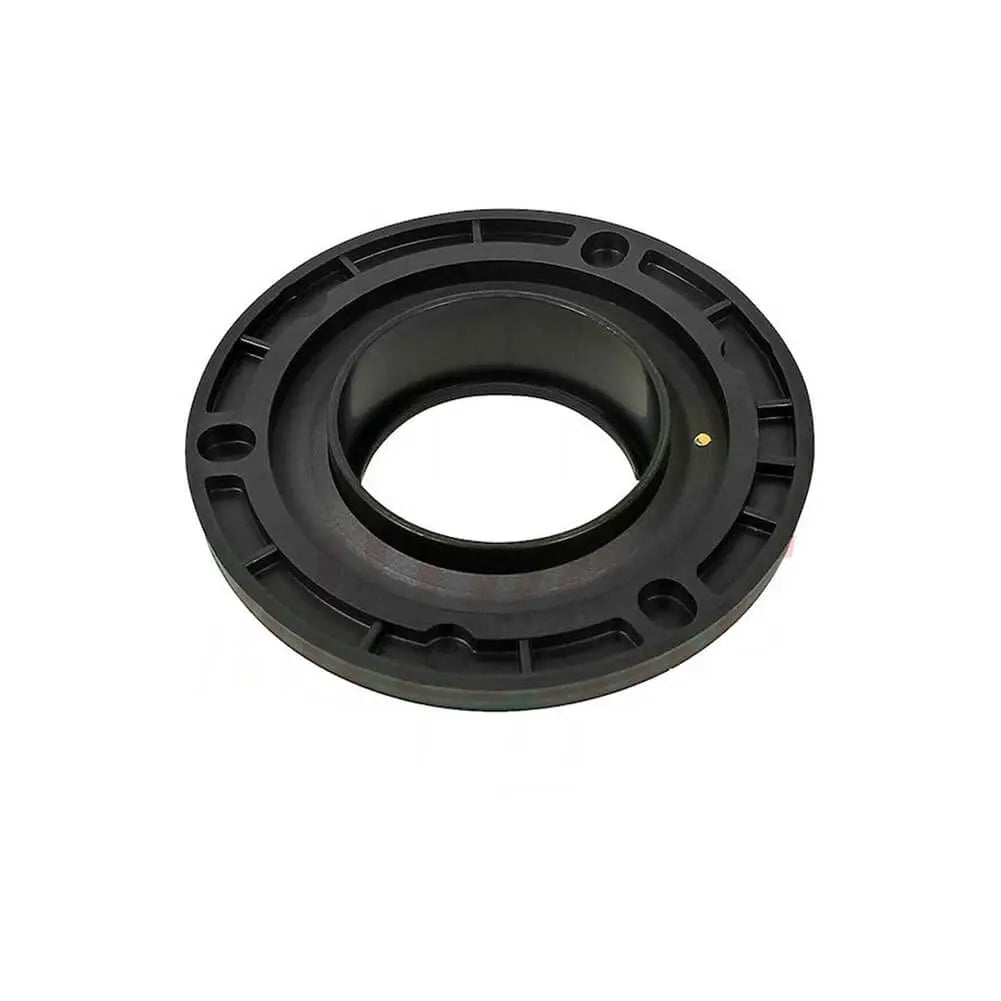Crankshaft Seal
6 products
Showing 1 - 6 of 6 products
The Importance of Crankshaft Seals in Automotive Engines
When it comes to the intricate systems within an automobile, the engine stands out as the heart of the vehicle. Within this complex machinery, numerous components work together to ensure optimal performance and efficiency. One such crucial component is the crankshaft seal. Although often overlooked, the crankshaft seal plays a vital role in maintaining the integrity and functionality of the engine. In this article, we will delve into the significance of crankshaft seals in automotive engines, their functions, common issues, and the importance of regular maintenance.Understanding the Crankshaft Seal:
The crankshaft seal, also known as the front main seal or the rear main seal depending on its location within the engine, is a small but essential part. It is typically made of rubber or silicone and is designed to create a tight seal between the engine block and the crankshaft, where the rotational motion of the crankshaft connects to other engine components.Functions of the Crankshaft Seal:
1) Preventing Oil Leaks: One of the primary functions of the crankshaft seal is to prevent oil leaks. As the crankshaft rotates, it generates a considerable amount of oil pressure. The seal acts as a barrier to keep the pressurized oil from leaking out of the engine. By maintaining a proper seal, the crankshaft seal helps retain the lubricating oil within the engine, ensuring optimal performance and preventing damage due to insufficient lubrication.2) Controlling Contaminants: In addition to preventing oil leaks, the crankshaft seal also acts as a barrier against contaminants such as dirt, dust, and debris. These contaminants, if allowed to enter the engine, can cause significant damage to internal components, leading to reduced engine efficiency and potential engine failure. The seal helps to keep the engine clean and maintain its longevity.
Common Issues and Symptoms:
Over time, crankshaft seals may wear out or become damaged due to various factors, such as heat, pressure, and age. When this happens, several symptoms may indicate a faulty or failing crankshaft seal:1) Oil Leaks: A noticeable oil leak at the front or rear of the engine is a common sign of a failing crankshaft seal. The leakage may be visible around the engine, particularly near the crankshaft area.
2) Excessive Smoke: If the crankshaft seal is damaged, it can allow oil to enter the combustion chamber, leading to excessive smoke from the exhaust. This symptom is often accompanied by a burning oil smell.
3) Engine Performance Issues: A failing crankshaft seal can affect engine performance. You may experience a loss of power, rough idling, or difficulty starting the engine.
Importance of Regular Maintenance:
Regular maintenance is crucial to ensure the optimal performance and longevity of the crankshaft seal. Here are some maintenance tips:1) Inspection: During routine vehicle inspections, mechanics should check the condition of the crankshaft seal for any signs of wear, damage, or leaks.
2) Oil Changes: Timely oil changes using high-quality oil and filters can help prevent the premature deterioration of the crankshaft seal.
3) Prompt Repairs: If you notice any symptoms of a failing crankshaft seal, it is essential to address the issue promptly. Ignoring the problem can lead to further damage and potentially more costly repairs.
While often overlooked, the crankshaft seal is a critical component in automotive engines. It plays a vital role in preventing oil leaks, controlling contaminants, and ensuring the overall performance and longevity of the engine. Regular maintenance and prompt repairs are essential to keep the crankshaft seal in optimal condition. By understanding the importance of the crankshaft seal and taking the necessary precautions, car owners can enjoy a smoother and more reliable driving experience while protecting their engine investment.
Showing 1 - 6 of 6 products
Display
View


Front Crank Crankshaft Oil Seal For Ford Transit V363 Mk6 Mk7 Tourneo V362 Mondeo Mk3 Ranger Mk3 - 3S7Q6700AB
In stock, 50 units
Sale price£12.90


Front Crank Crankshaft Oil Seal For Jaguar X-Type (X400) - JD61105, LR077704
In stock, 50 units
Sale price£12.90


Front Crank Crankshaft Oil Seal For Land Rover Defender (2011 - 2016) - LR029318, LR045106
In stock, 50 units
Sale price£12.90


Front Crank Crankshaft Oil Seal For Fiat Ducato Bus 2.2 D 100 Multijet (2006 - onwards) - 9659901780
In stock, 50 units
Sale price£12.90


Front Crank Crankshaft Oil Seal For Peugeot Boxer (2006 - onwards) - 0514C6, 0514.C6
In stock, 50 units
Sale price£12.90


Front Crank Crankshaft Oil Seal For Citroen Relay (2006 - onwards) - 0514.C6, 0514C6
In stock, 50 units
Sale price£12.90
Filters (0)
